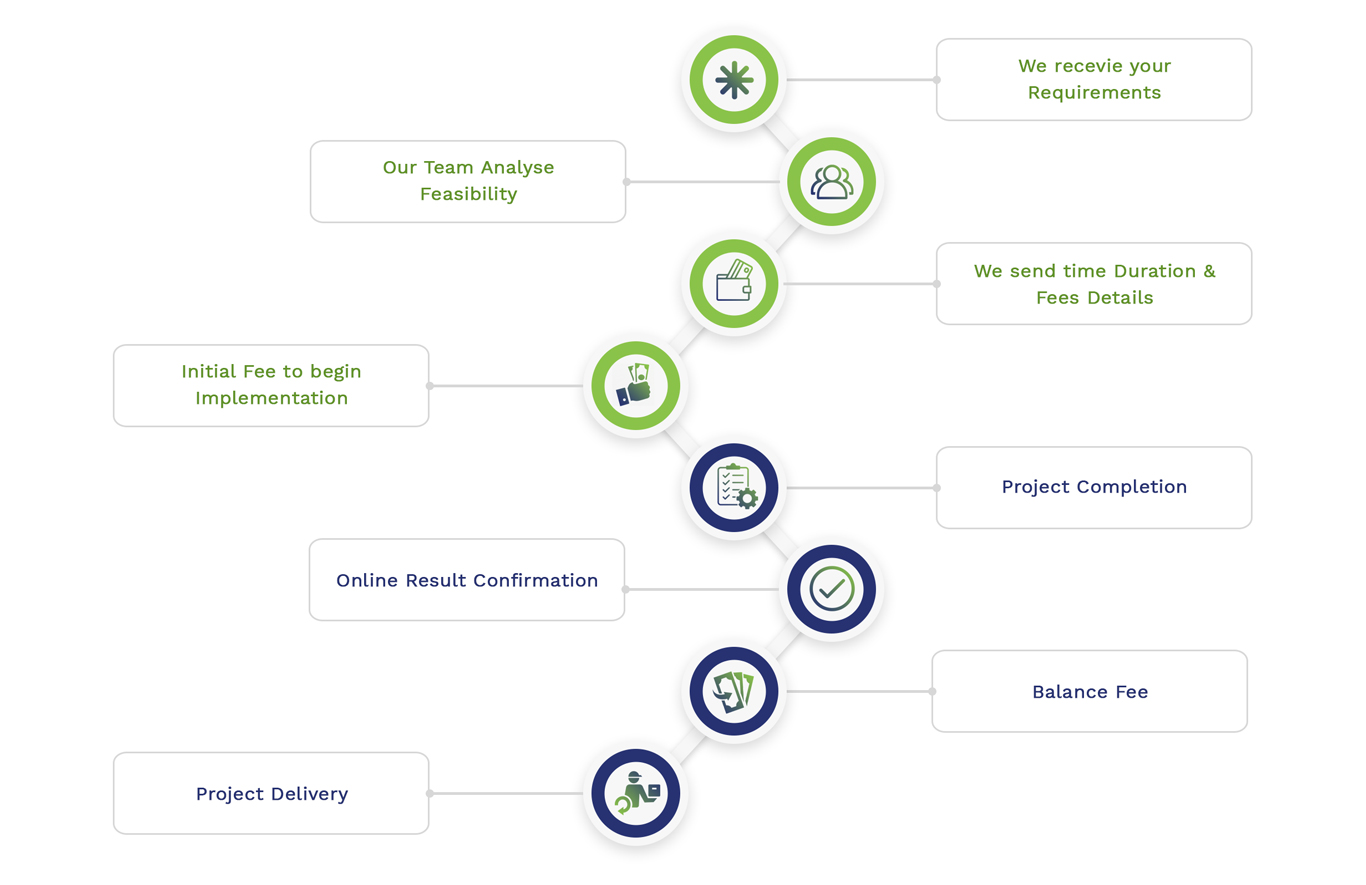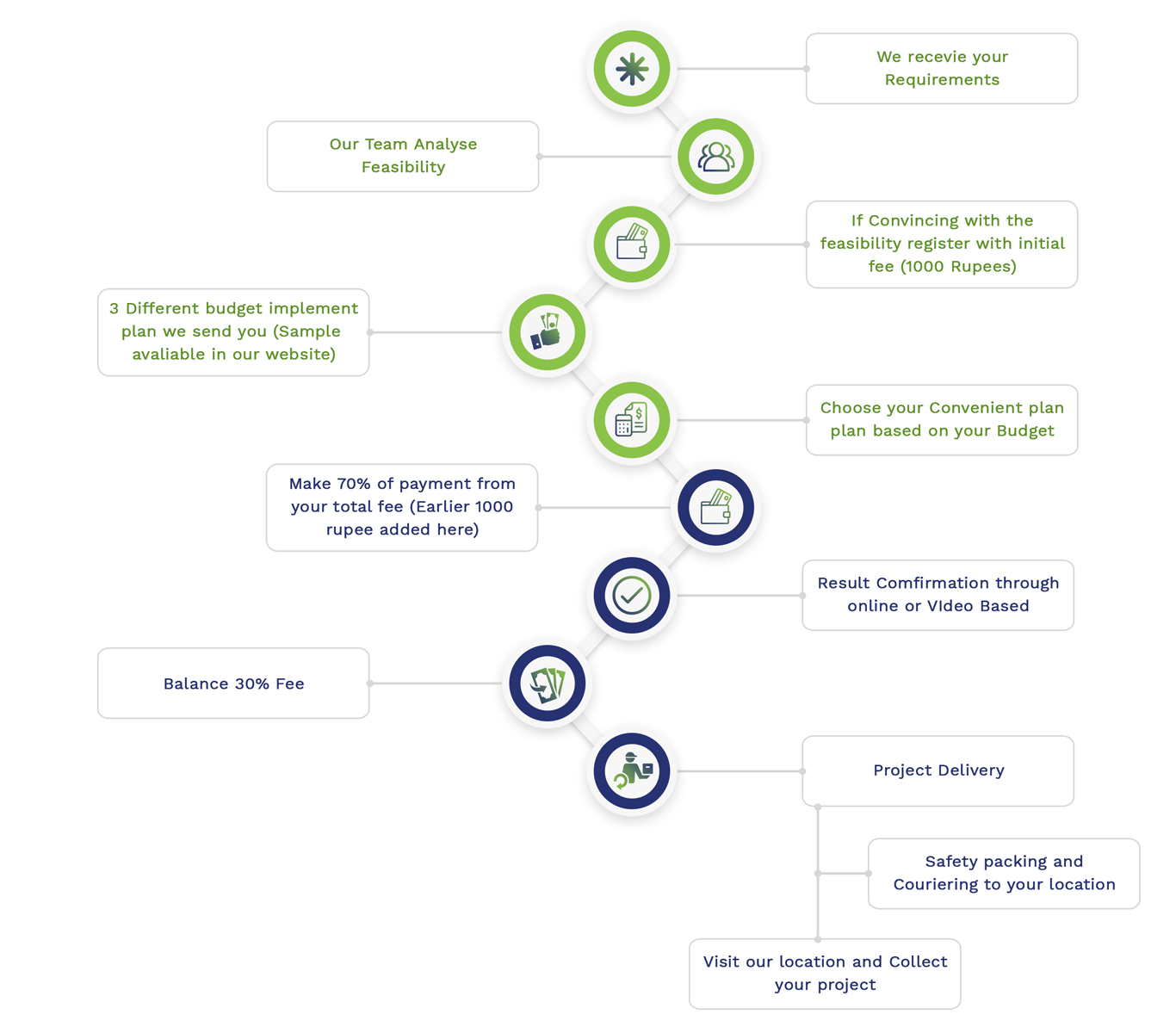Electric Vehicle Model Simulink are worked by our team of developers we specialize in all models, offering tailored topics and journal manuscript services. Ensure timely completion of your projects with our experts, as we adhere to a unique work format and employ a diverse range of developers and writers to meet deadlines effectively. Get positive simulation support from us for your projects.
Developing a simple electric vehicle model through the use of Simulink is a compelling process that must be conducted by adhering to several instructions. To create a simple electric vehicle design in Simulink, we offer a procedural instruction in an explicit manner:
Procedural Instruction
- Open Simulink
First, we have to initiate the MATLAB. In the MATLAB Command Window, type simulink to open Simulink. Then, focus on developing a novel model.
- Specify the System Elements
To design an electric vehicle, numerous fundamental elements are required, such as:
- Driver Controller
- Battery
- Electric Motor
- Vehicle Dynamics.
- Append Electric Motor
Within the model, the suitable electric motor block (for instance: Permanent Magnet Synchronous motor (PMSM)) has to be dragged. For that, navigate to the Simscape > Electrical > Specialized Power Systems > Machines library in the Simulink Library Browser.
- Include Battery
Drag the battery block to our model by clicking the Simscape > Electrical > Specialized Power Systems > Sources library. The battery parameters have to be arranged, including preliminary state of charge, capacity, and nominal voltage.
- Encompass Vehicle Dynamics
From the Simscape > Driveline > Vehicle Components library, we need to append a vehicle body model. The vehicle mass, rolling resistance, and aerodynamic drag are generally designed by this block.
- Append Driver Controller
To produce the control and brake commands, a driver model must be developed. It is approachable to develop a specific control framework, or from the Simulink > Continuous library, we can utilize a PID Controller block.
- Link the Elements
With the vehicle dynamics block, the electric motor has to be linked. The vehicle dynamics model will be handled by the motor’s mechanical output (such as speed and torque). In order to offer the essential power, the battery must be linked to the electric motor.
- Include Sensors and Feedback
To assess vehicle speed, battery state of charge, and motor speed, include sensors. On the basis of the specific speed, adapt the braking and control commands by employing the feedback loops.
- Configure Simulation Parameters
By navigating to the Simulation > Model Configuration Parameters menu, we need to set up the simulation parameters like simulation time, step size, and solver type.
- Execute the Simulation
As a means to analyze the performance of the vehicle, execute the simulation. To track the vehicle speed, battery voltage, motor torque, and other major parameters, the scopes and other visualization tools can be utilized.
Sample Elements and Arrangements
Electric Motor
It is advisable to employ an induction motor or a PMSM for the electric motor. On the basis of the motor’s requirements, the parameters must be arranged.
Battery
As specified below, configure the battery parameters:
- Initial State of Charge: 80%
- Capacity: 100 Ah
- Nominal Voltage: 400V
Vehicle Dynamics
The vehicle dynamics parameters have to be arranged appropriately:
- Vehicle Mass: 1500 kg
- Rolling Resistance Coefficient: 0.015
- Frontal Area: 2.2 m²
- Drag Coefficient: 0.3
Driver Controller
To adhere to a reference speed, a basic driver model must be developed with a PID Controller.
Sample Simulink Model
In order to configure the Simulink model, we provide a sample overview in a clear way:
- Electric Motor Block: For the particular kind of motor, make arrangements.
- Battery Block: Focus on fixing preliminary SOC, capacity, and nominal voltage.
- Vehicle Body Block: It is crucial to fix mass, rolling resistance, frontal area, and drag coefficient.
- Driver Controller Block: For speed control, we have to apply a PID controller.
- Connections:
- With the electric motor, the battery has to be linked.
- To the vehicle dynamics model, link the electric motor.
- From battery condition and vehicle speed, deploy feedback loops to the driver controller.
MATLAB/Simulink Code for Visualization
Load the data to the MATLAB workspace and plot it to visualize the simulation outcomes. Alternatively, the scopes can be employed for visualizations.
% Assuming you have run the simulation and have data in workspace
% Example of plotting vehicle speed
time = out.logsout.getElement(‘Vehicle Speed’).Values.Time;
speed = out.logsout.getElement(‘Vehicle Speed’).Values.Data;
figure;
plot(time, speed);
xlabel(‘Time (s)’);
ylabel(‘Speed (m/s)’);
title(‘Vehicle Speed vs Time’);
grid on;
% Example of plotting battery state of charge
soc = out.logsout.getElement(‘Battery SOC’).Values.Data;
figure;
plot(time, soc);
xlabel(‘Time (s)’);
ylabel(‘State of Charge (%)’);
title(‘Battery State of Charge vs Time’);
grid on;
Important 50 electric vehicle model Project Topics
In terms of electric vehicle (EV) modeling, several interesting topics and ideas have evolved in a gradual manner. By including different factors like model, simulation, control, enhancement, and combination, we recommend a collection of 50 major project topics, which are specifically relevant to EV modeling:
Powertrain and Component Modeling
- Battery Management System (BMS) Design and Simulation
- Electric Motor Control for EV Applications
- Thermal Management Systems for EV Batteries
- Modeling of Wireless Power Transfer Systems for EVs
- Comparison of AC and DC Motor Drives for EVs
- Modeling and Simulation of Electric Vehicle Powertrains
- Regenerative Braking System Modeling and Analysis
- Inverter Design and Control for Electric Vehicles
- Integration of Supercapacitors with EV Powertrains
- Design and Simulation of a Dual Motor Electric Vehicle
Energy Management and Optimization
- Optimization of Charging Schedules for Electric Vehicle Fleets
- Real-Time Optimization of Power Distribution in EVs
- Multi-Objective Optimization of Electric Vehicle Components
- Optimization of Electric Vehicle Range using Machine Learning
- Simulation of Vehicle-to-Grid (V2G) Systems for Energy Management
- Energy Management Strategies for Hybrid Electric Vehicles (HEVs)
- Predictive Energy Management for Electric Vehicles
- Adaptive Energy Management Systems for Plug-in Hybrid Electric Vehicles (PHEVs)
- Energy Efficiency Analysis of Electric Vehicle Drivetrains
- Battery Swapping Station Optimization for Electric Vehicle Fleets
Control Systems and Algorithms
- Model Predictive Control (MPC) for Electric Vehicle Dynamics
- Neural Network-Based Control Systems for EVs
- Traction Control System Design for Electric Vehicles
- Robust Control of Electric Vehicle Powertrains
- Fault Detection and Diagnosis in Electric Vehicle Systems
- Advanced Control Algorithms for Electric Vehicle Traction Systems
- Fuzzy Logic Control for Electric Vehicle Energy Management
- Adaptive Cruise Control Systems for Electric Vehicles
- Control Strategies for All-Wheel Drive Electric Vehicles
- State Estimation Techniques for Electric Vehicle Batteries
Charging Infrastructure and Integration
- Impact of Electric Vehicles on Power Grid Stability
- Fast Charging Technologies for Electric Vehicles
- Bidirectional Charging Systems for EVs
- Wireless Charging Systems for Electric Vehicles
- Grid-Friendly EV Charging Strategies
- Design and Simulation of Smart Charging Stations for EVs
- Integration of Renewable Energy Sources with EV Charging Stations
- Vehicle-to-Home (V2H) Integration for Electric Vehicles
- Optimization of Urban Charging Infrastructure for Electric Vehicles
- Demand Response Strategies for Electric Vehicle Charging
Vehicle Dynamics and Performance
- Aerodynamic Optimization of Electric Vehicle Designs
- Impact of Tire Characteristics on Electric Vehicle Performance
- Simulation of Electric Vehicle Performance under Different Driving Conditions
- Noise, Vibration, and Harshness (NVH) Analysis in Electric Vehicles
- Electric Vehicle Performance Analysis using Hardware-in-the-Loop (HIL) Simulation
- Dynamic Modeling and Simulation of Electric Vehicle Handling
- Suspension System Design for Electric Vehicles
- Vehicle Stability Control Systems for EVs
- Design and Analysis of Lightweight Materials for Electric Vehicles
- Simulation of Electric Vehicle Drivetrain Efficiency
Supplementary Topics
- Lifecycle Assessment of Electric Vehicle Batteries
- Human-Machine Interface (HMI) Design for Electric Vehicles
- Electric Vehicle Market Penetration and Economic Analysis
- Design of Electric Vehicle Prototypes using 3D Printing
- Telematics and Connectivity Solutions for Electric Vehicles
- Cybersecurity Measures for Electric Vehicle Systems
- Environmental Impact Analysis of Electric Vehicle Adoption
- Policy and Regulatory Frameworks for Electric Vehicles
- Comparative Analysis of Different Electric Vehicle Architectures
- Augmented Reality (AR) Applications for Electric Vehicle Maintenance
As a means to develop a simple electric vehicle model in Simulink, procedural instruction is provided by us in a clear way. Appropriate for electric vehicle modeling, we suggested a few fascinating as well as significant topics that could be more ideal for carrying out a compelling project.
Subscribe Our Youtube Channel
You can Watch all Subjects Matlab & Simulink latest Innovative Project Results
Our services
We want to support Uncompromise Matlab service for all your Requirements Our Reseachers and Technical team keep update the technology for all subjects ,We assure We Meet out Your Needs.
Our Services
- Matlab Research Paper Help
- Matlab assignment help
- Matlab Project Help
- Matlab Homework Help
- Simulink assignment help
- Simulink Project Help
- Simulink Homework Help
- Matlab Research Paper Help
- NS3 Research Paper Help
- Omnet++ Research Paper Help
Our Benefits
- Customised Matlab Assignments
- Global Assignment Knowledge
- Best Assignment Writers
- Certified Matlab Trainers
- Experienced Matlab Developers
- Over 400k+ Satisfied Students
- Ontime support
- Best Price Guarantee
- Plagiarism Free Work
- Correct Citations
Expert Matlab services just 1-click

Delivery Materials
Unlimited support we offer you
For better understanding purpose we provide following Materials for all Kind of Research & Assignment & Homework service.
 Programs
Programs Designs
Designs Simulations
Simulations Results
Results Graphs
Graphs Result snapshot
Result snapshot Video Tutorial
Video Tutorial Instructions Profile
Instructions Profile  Sofware Install Guide
Sofware Install Guide Execution Guidance
Execution Guidance  Explanations
Explanations Implement Plan
Implement Plan
Matlab Projects
Matlab projects innovators has laid our steps in all dimension related to math works.Our concern support matlab projects for more than 10 years.Many Research scholars are benefited by our matlab projects service.We are trusted institution who supplies matlab projects for many universities and colleges.
Reasons to choose Matlab Projects .org???
Our Service are widely utilized by Research centers.More than 5000+ Projects & Thesis has been provided by us to Students & Research Scholars. All current mathworks software versions are being updated by us.
Our concern has provided the required solution for all the above mention technical problems required by clients with best Customer Support.
- Novel Idea
- Ontime Delivery
- Best Prices
- Unique Work
Simulation Projects Workflow

Embedded Projects Workflow



 Matlab
Matlab Simulink
Simulink NS3
NS3 OMNET++
OMNET++ COOJA
COOJA CONTIKI OS
CONTIKI OS NS2
NS2






